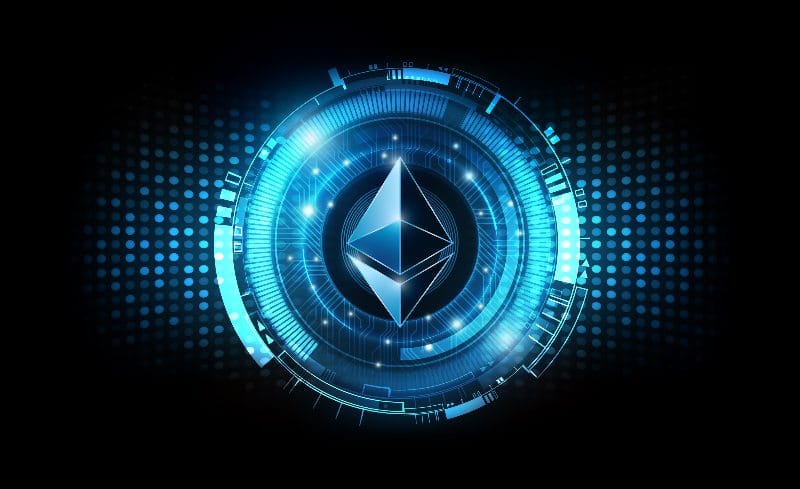In recent days Ethereum has announced a new update for its network, Arrow Glacier, which should delay the “difficulty bomb”.
Summary
Ethereum, with Arrow Glacier another step towards PoS
Essentially it is supposed to allow Ethereum miners to move from a Proof-of-Work model to a Proof-of-Stake (POS) model.
The move is expected to take place according to early rumours next June, when there is expected to be a move towards a Proof-of-Stake system from the current Proof-of-Work, which requires miners to solve complex maths problems in order to perform their work and receive cryptocurrencies.
Towards reduced energy consumption
Thanks to the new update, released on 6 December, ETH mining will become more environmentally friendly with the ability to consume much less energy to perform the task. Proof-of-Stake does not force Ethereum miners to compete against each other and complete a puzzle.
The Proof-of-Stake model essentially works by verifying transactions based on the share of Ether holders in the token. It therefore requires much less computing power because it does not reach community consensus. The Ethereum Foundation wrote in its blog that if the move to POS is successful, it could reduce Ethereum’s power consumption by up to 99.95%.

The Arrow Glacier update
The Arrow Glacier update will delay the activation of the so-called “difficulty bomb”. which is supposed to motivate miners to switch to the new working model, from next June, when the developers hope to have completed the switch to POS.
The difficulty bomb would be a set of codes added to Ethereum’s blockchain to increase the difficulty level of mining. This idea on the part of Ethereum’s developers, designed to ease the transition to Proof of Stake from Proof of Work, has also added a bonus to compel miners to update their nodes.
The main objective is therefore to make it difficult for existing miners to stay on the old Proof of Work model, which is much more complex and less sustainable and secure.
The risks of moving to PoS
The transition to this new transaction validation model has already taken longer than expected. The Ethereum Foundation initially foresaw only one year to implement PoS. So far it has taken more than six.
This transition may not necessarily be painless. The switch to the POS model would reduce miners’ income by between 20% and 35%, according to some estimates.
And this is certainly not a minor issue, considering that Ethereum (ETH) is currently the second most profitable cryptocurrency to mine today. At $0.12 per kilowatt-hour (kWh) and at today’s Ether exchange rates, a 1,500 megahash per second (MH/s) machine can earn a miner up to $91 per day. Ethereum mining can achieve a 68.85% higher profitability than Bitcoin mining, which can yield up to $28 a day in profits.
Tim Beiko, the coordinator for Ethereum’s protocol developers, told CNBC that the transition will eliminate many of the problems associated with Ethereum mining by making it much more scalable, sustainable and cost-effective:
“After the transition, the ‘bomb’ will no longer exist on the network”.
In 2021, Ethereum’s price share increased by 500%.




